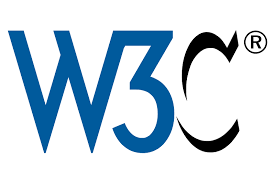
In Part 2, we will provide more information about SVG (Scalable Vector Graphic), similar to the CGM format it has a long history. The SVG specification is also an open standard, since 1999 it has been developed under the governance of the World Wide Web Consortium (W3C).
The W3C is an international community including Member Organizations, full-time employees, and the public. The community works together to develop existing and new Web standards. The consortium is led by Tim Berners-Lee, inventor of the world wide web and CEO Jeffrey Jaffe. The W3C’s mission, lead the Web to its full potential.
SVG is a modularized markup language, used to describe two-dimensional graphics applications and images. SVG 1.1 Second Edition is the recommended version of the specification. There is also a subset of the full specification called SVG Tiny 1.2, appropriately aimed at mobile devices.

SVG 2 is currently being developed and will add new features to SVG, and closely integrate with HTML5, CSS (Cascading Style Sheets), and the DOM (Document Object Model). The planned release date for the recommended version is September 2018, there will be various iterations of version 2.0 before this date.
The development of the format is led by the SVG Working Group. The group has a plan that addresses backward compatibility and the future growth of SVG. The new version is based on modules; each module will concentrate on one aspect of the language, for example, defining and expanding the elements, attributes, etc. A good example is color composition, and it will have a dedicated module. The new version is designed, with lessons learned from all the available work to date.
SVG is maturing into a widely-implemented specification for interactive graphics. The objective is to add new graphical and behavioral features. The new features will enable content creators to produce more compelling graphical content.
In conclusion, both CGM and SVG have bright futures. The major plus for SVG currently, it is already HTML5 native. The advantage, SVG does not require a plugin technology to view a graphic in a web browser. Historically CGM required a plugin to view a graphic, however, Larson now provides a no plugin option.
In Part 3, we examine some of the technical aspects of the two formats.

